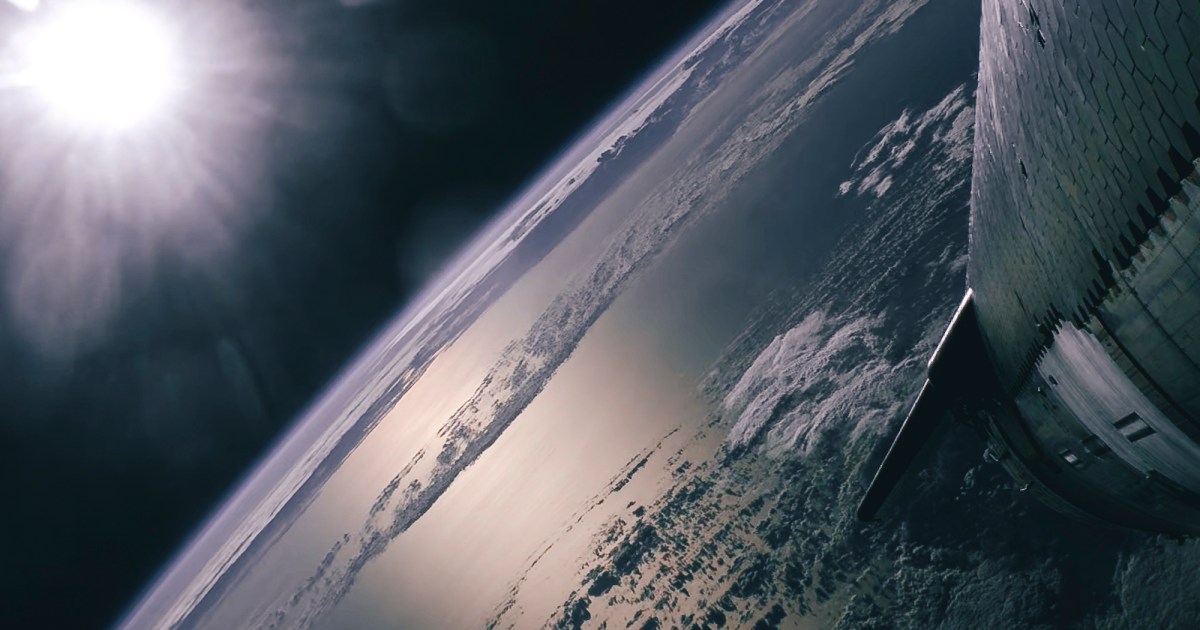
SpaceX’s third Starship test flight last Thursday was its best yet, far exceeding the first two missions, which took place last year and ended in huge fireballs just a few minutes in.
This time, the Starship — comprising the first-stage Super Heavy booster and upper-stage Starship spacecraft — kept on flying, with both parts reaching their destination points before breaking up on descent.
The largely successful mission involving the world’s most powerful rocket was a huge boost for the Starship project, with SpaceX aiming to use the vehicle for crew and cargo flights to the moon in the coming years. It could also be used for the first human flight to Mars, possibly in the 2030s, though there’s still much preparation work to be done before such an ambitious endeavor can be attempted.
SpaceX has since shared some breathtaking imagery from the recent Starship mission. It includes close-up footage of the 120-meter-tall rocket leaving the launchpad at SpaceX’s Starbase facility in Boca Chica, Texas:
Flight 3 liftoff as viewed from the top of the tower pic.twitter.com/JPlXDBONAb
— SpaceX (@SpaceX) March 15, 2024
It also shared video of a wider view, in slow motion, showing the megarocket leaving the launchpad, blasting out almost 17 million pounds of thrust, the most ever by a rocket:
Slow motion view of Starship ascending through clouds above Starbase pic.twitter.com/QEvcMmsLtO
— SpaceX (@SpaceX) March 15, 2024
Later in the mission, cameras attached to the Starship spacecraft delivered these dramatic images about 145 miles above Earth. The final two images show the vehicle heating up and glowing red as it descended at high speed before finally disintegrating:
Ship in space pic.twitter.com/ge5vJ0q9jW
— SpaceX (@SpaceX) March 16, 2024
SpaceX listed a number of firsts achieved with Starship’s latest test flight. They included the Super Heavy booster nailing a flip maneuver and completing a full boostback burn to send it toward its splashdown point in the Gulf of Mexico.
Also, the Super Heavy successfully lit several engines for its first ever landing burn, though a short while later the rocket broke up at about 460 meters over the Gulf of Mexico.
Following stage separation, Starship’s six Raptor engines all started successfully and powered the vehicle to its targeted orbit, becoming the first Starship to complete its full-duration ascent burn.
SpaceX said it’s now reviewing the data collected from the latest test flight and is seeking to increase its launch cadence as 2024 progresses. In other words, it might not be too long before we see another Starship roaring skyward.
Editors’ Recommendations
Services Marketplace – Listings, Bookings & Reviews
